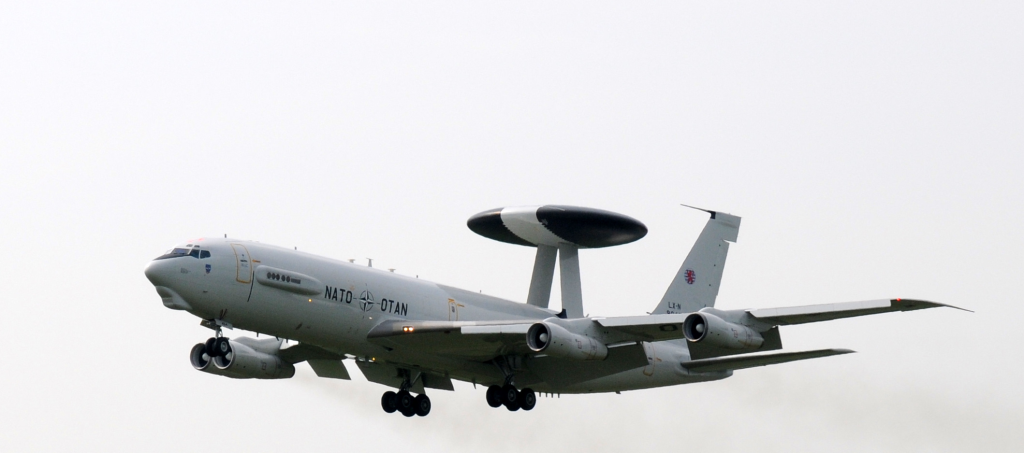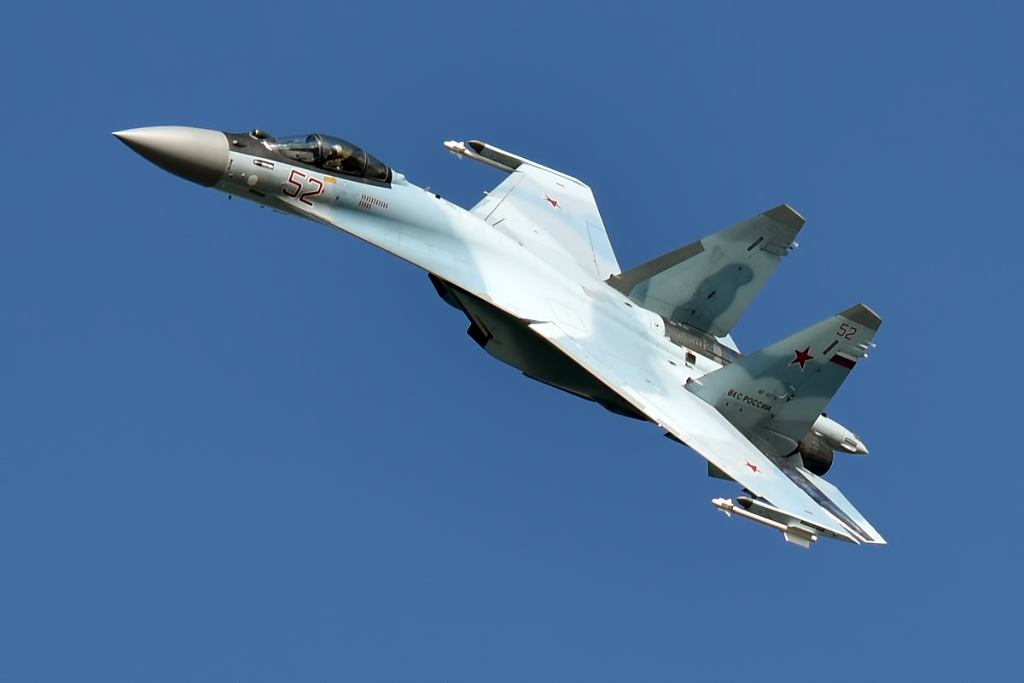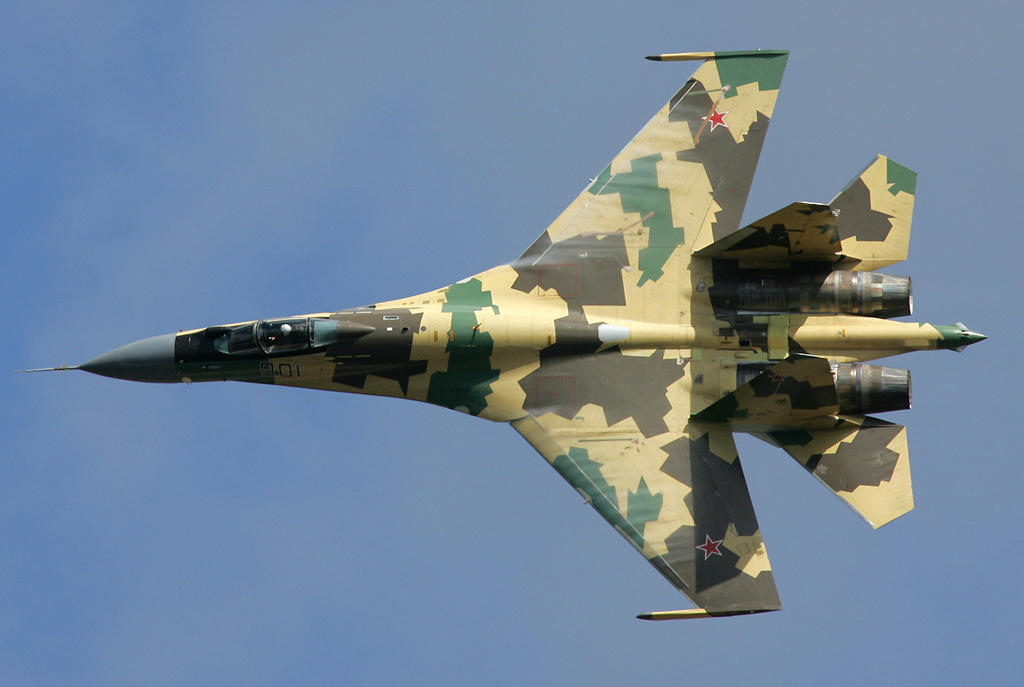
When the Secretary General Mark Rutte announced “Eastern Sentry will make clear that NATO is always ready to defend,” this was not only a political phrase but also the introduction of technologically sophisticated, multi-national air defense configuration set out by design to counter one of the most enduring European air threats: Russian probes off the eastern allies’ flank.

1. A Mission Born Out of Escalation
Operation Eastern Sentry was launched on September 12in response to the largest Russian drone incursion into Polish airspace to date. As many as 21 drones were said transitting over the Polish borders, some approaching from Belarus, the invocation by Warsaw of the Article 4of the NATO treaty for rapid consultations. The operation extends the full scope from the High North to the Black Sea, with the fighters, helicopters, and naval ships from France, Germany, Italy, and others. The US Air Force Gen. Alexus Grynkewich described the posture as “flexible and agile” with the coming together of air and ground defenses with increased information sharing.

2. The Eyes in the Sky: Wedgetail E-7A
Key to the Eastern Sentry detection network is the military organization’s scheduled replacement from the aged Boeing E-3 Sentry by the Boeing-founded Wedgetail E-7A. With the capability to track up to multiple airborne and sea targets within 1.54 million square miles, the Wedtail’s Boeing 737-based Northrop Grumman MESA radar is able to maintain persistent surveillance by hovering over key points of interest, unlike satellites. Though uncertain in the future within the U.S. service by the problems with cost overruns in addition to survivability woes, the platform has been invested by the military organization’s allies such as the U.K. as well as Turkey, valuing the low-probability-of-intercept radar along with theater-wide command-and-control abilities.

3. Anatomy of an Interception
NATO’s Allied Air Command has recently published an exhaustive review of the phases of intercept. The process starts with radar detection sometimes from AEW&C vessels their vectored fighters to visual. The pilots recognize the target, follow it off, or shadow it until out. In the Baltic Sea area, this kind of mission is the daily business: during the 2019 calendar year alone, NATO fighters had been scrambled over 200 times, frequently to intercept Russian jets flying with transponders off.

4. Cockpit Technology: The F-35’s HDMS Helmet
In one simulation exercise, an Italian F-35A pilot closes up behind two Russian Su-35s. The Helmet-Mounted Display, Generation III preserves the classic countenance of the traditional HUD bathing instead the visage with flight information and targeting data. The built-in night vision cameras and external cam feeds, the full 360-degree view, enable the pilot to “look down through a piece of their wing and see what’s below,” asserts Tech. Sgt. William Vass. Each helmet is custom-fit over the better part of twodays, optics set to within two millimeters so the display is one, undistorted picture.

5. The Russian Threat: Su-35S Flanker
Sukhoi Su-35S, reporting name “Flanker-E,” is the most capable 4++ generation fighter in Russia. The plane achieves supermaneuverability and limited supercruise by means of the AL-41F1S thrust-vectoring engines. The radar is able to detect fighter-sized targets up to 400 km away, while the passive detection is given by the OLS-35 infrared search-and-track. The airplane is armed with up to 12 R-77-1 BVR missiles and the long-range R-37M that is able to target objects almost 400 km away and poses an daunting challenge under the circumstances of beyond-visual-range combat.

6. Real Interceptions: From Su-24s to Su-35UBs
NATO images under Baltic Air Policing missions reflect the diversity of Russian fighters engaged. Two variable-geometry wing speed-of-sound capable bombers, that is, attack jets Su-24, were intercepted by the Spanish fighters in April 2020. The Spanish fighters shadowed the two-seat variant Su-35UB in April 2022. They are usually over the international air but also enjoy intelligence opportunities alongside demonstration missions for deterrence.

7. Comparative Fighter Missions under Eastern Sentry
Eastern Sentinel’s multi-nation fighter composition is one of complementing strengths. The Danish F-16s bring tried-and-true versatility and inexpensive readiness. The French Rafales bring omnirole capability with fifth-generation electronic warfare. The German Eurofighters bring high-speed, high-intercept altitude. The Italian F-35As bring stealth and sensor fusion, the key to seeing low-observable threats. The fighters collectively provide the ability for the layered air defense network to counter both traditional fighters as well as drones.

8. The Geopolitical Scenario: Baltic Airspace Pressure
The Baltic overflights by RussiansWithin the broader pressure campaign. The incidents have kept climbing incrementally since the Baltic Air Policing by NATO was initiated in 2004, with spikes following the geo-political hot spots like the Crimean annexation. The overflights are analyzed by the strategists as reconnaissance together with their strategic communication, testing the alertness of the NATO alongside their rules of engagement.

9. Technology Versus Tactics
Whereas the Alliance’s tech superiority steadfastly, stealth, networked sensors, precise firepower provides unequivocal benefits, Russian doctrine frequently puts an emphasis on brute kinematic ability and largeelters, such as the Su-35S. That leaves the detection, identification, interaction time frames short, where coordination by the AEW&C, pilot situational awareness are the determinatives. Its arrival also brings an injection to the eastern flank of the Alliance, but far more materially, an operationalization on the battlefield of combined air defense capability. From the Wedgetail’s blanket coverage radar to the helmet-mounted display on the F-35 to the heterogeneous force composition made up by multiple nations, the exercise is an all-convergence game where tactics meet engineering to combat one of the most capable adversary air armies on the planet.


